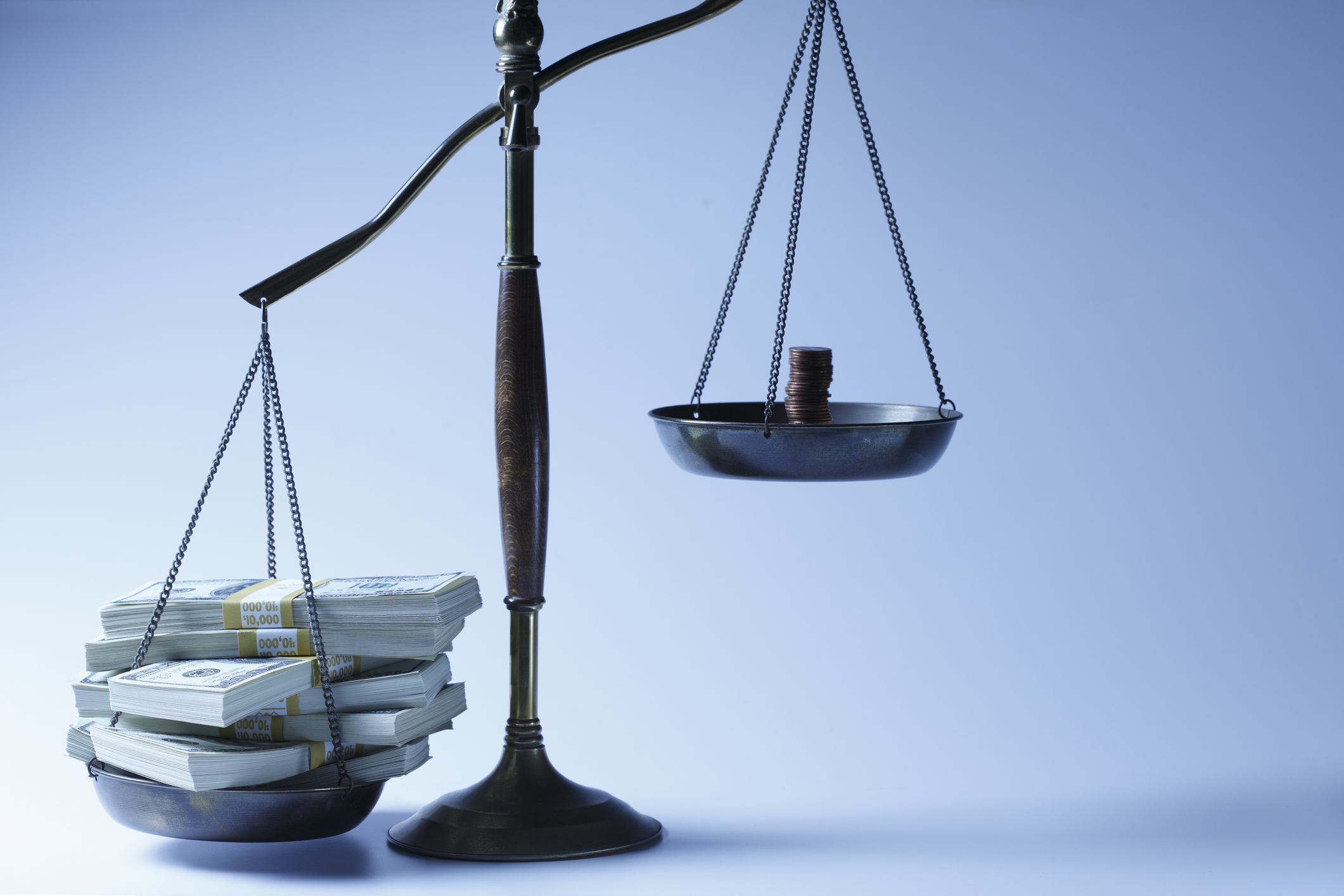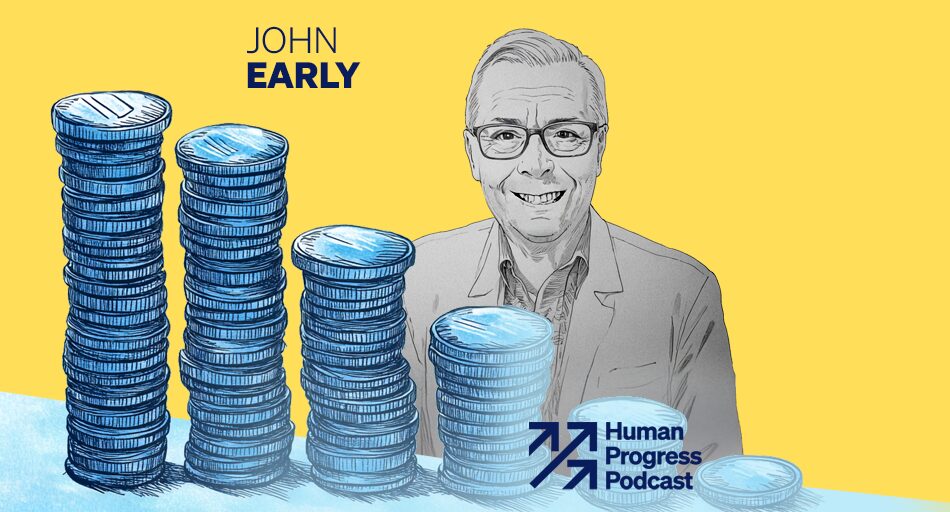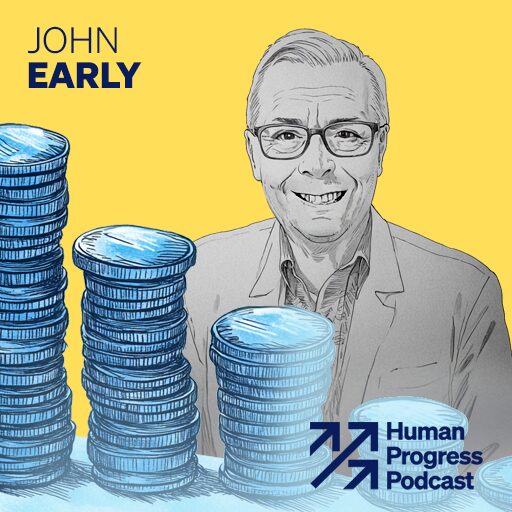Following the outbreak of the Great Recession, income inequality became a focal concern of those who feel that the market economy has let them down. In 2011, “We are the 99 percent” became a unifying slogan of the Occupy Wall Street movement. In 2013, the U.S. President Barrack Obama described income inequality as the “defining challenge of our time.” A year later, Pope Francis called for a “legitimate redistribution of economic benefits by the state,” while Marxist economist Thomas Piketty tried to supply the movement for greater income equality with intellectual ammunition in his book, Capital in the Twenty-First Century.
The elevation of Donald Trump to the U.S. Presidency impeded the movement’s momentum, but concern over income inequality did not disappear. Just this week, to give another example, The New York Times ran an article titled Happy Birthday, Karl Marx. You Were Right! According to Jason Barker, an associate professor of philosophy at Kyung Hee University in South Korea and author of the novel Marx Returns, “educated liberal opinion is today more or less unanimous in its agreement that Marx’s basic thesis – that capitalism is driven by a deeply divisive class struggle in which the ruling-class minority appropriates the surplus labor of the working-class majority as profit – is correct.”
Contrary to Professor Barker, agreement on Marx’s basic thesis is no more unanimous than the liberal spectrum of opinion is monolithic. The Harvard University psychologist Steven Pinker, for example, has examined income inequality at considerable length in his recent book, Enlightenment Now: The Case for Reason, Science, Humanism, and Progress. Pinker questioned many of the rationales for treating income inequality as the “defining challenge of our time” and concluded that “income inequality is not a fundamental component of well-being.” Those who are concerned with income inequality should be aware of Pinker’s arguments – and engage with them in a serious manner.
To start with, it is crucial not to confuse income inequality and poverty. Standards of living are increasing, albeit unequally, in most of the world. The developing countries in particular have benefited handsomely from declining barriers to trade and movement of capital. That’s why inequality between countries is actually shrinking. As for inequality within countries, enrichment at the top has not come at a cost of mass impoverishment. The market economy is not a zero-sum game, where someone’s gain must come at someone else’s expense. “The rich get richer and the poor get poorer” is a synopsis of the socialist critique of the market system, implying the perceived inevitability of what Marx called the Law of Increasing Poverty. It is also a myth unsupported by empirical evidence.
Another set of arguments proffered by those who are worried about income inequality revolves around a variety of psychological theories, which claim that a person’s happiness depends on his or her relative position vis-à-vis other members of the community. This critique of income inequality includes concerns over “social comparisons,” “reference groups,” “status anxiety” and “relative deprivation.” Again, evidence in support of the critics’ arguments is scarce. “Contrary to an earlier belief that people are so mindful of their richer compatriots that they keep resetting their internal happiness meter to the baseline no matter how well they are doing,” Pinker writes, “richer people and people in richer countries are (on average) happier than poorer people and people in poorer countries.”
Then there is the so-called “spirit level theory,” which states that most social problems, including homicides, drug abuse and suicide, are a byproduct of the resentment brought about by income inequality. Once again, the criticism does not hold much water. First, there is no reason to believe that the existence of a rich individual causes greater psychological distress to a poor individual than competition with other poor individuals. Second, original studies that ostensibly proved the veracity of the “spirit-level theory” have been superseded by new and more extensive studies, which revealed that there is actually no causation between income inequality and unhappiness. Third, increasing income inequality is actually perceived as a proof of social mobility in developing countries, thereby increasing happiness.
Finally, Pinker addresses the wide-spread confusion of income inequality with unfairness. Contrary to what some researchers, including myself, have called “inequity aversion,” new studies found that there is no innate preference among human beings for equal distributions. Actually, unequal distributions are often preferred – as long as they are perceived as meritocratic distributions. And that brings us back to the Great Recession. Few members of the Occupy Wall Street movement, I suspect, have heard of Pinker or undertook a deep dive into the psychological literature. Their revulsion at the bank bailouts was driven, so it seems, by a deep seeded feeling of injustice: the very people, who caused the market to crash, were made whole through the use of public money.
The members of the Occupy Wall Street movement had a point, but they were wrong to confuse government response to the outbreak of the Great Recession with the innate workings of a market economy. “Capitalism without failure is like religion without sin,” as the American economist Alan H. Meltzer once put it. “It doesn’t work.” The banks that made bad investments a decade ago should have been allowed to go under. Bailouts, in other words, prevented the market from working. The governments that implemented the bailouts thought that they were preventing the market collapse. Instead, politicians have created a real grievance that remains with us to this day.



